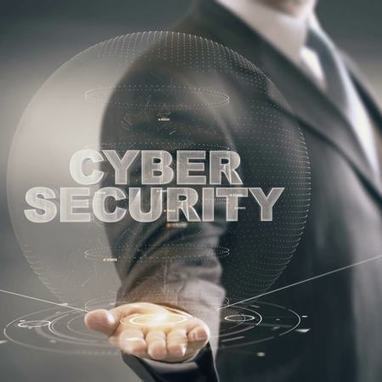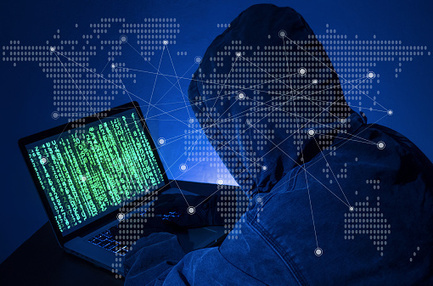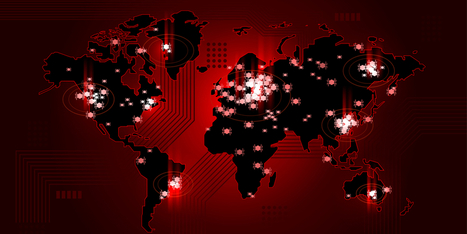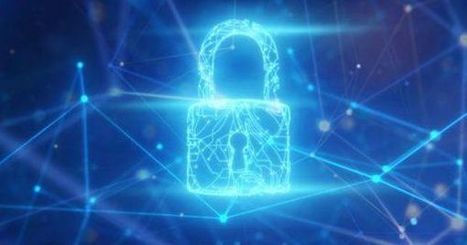Analyzing inherent risk is a great way to begin prioritizing your resources so you remain secure even as the traditional lines of cybersecurity blur.
Follow, research and publish the best content
Get Started for FREE
Sign up with Facebook Sign up with X
I don't have a Facebook or a X account
Already have an account: Login
A reference resource for the CIO and the CISO on cyber security, looking beyond the technology horizon into leadership, management, culture, governance, resilience and the real dynamics of security transformation
Curated by
JC Gaillard
 Your new post is loading... Your new post is loading...
 Your new post is loading... Your new post is loading...
|
|


































